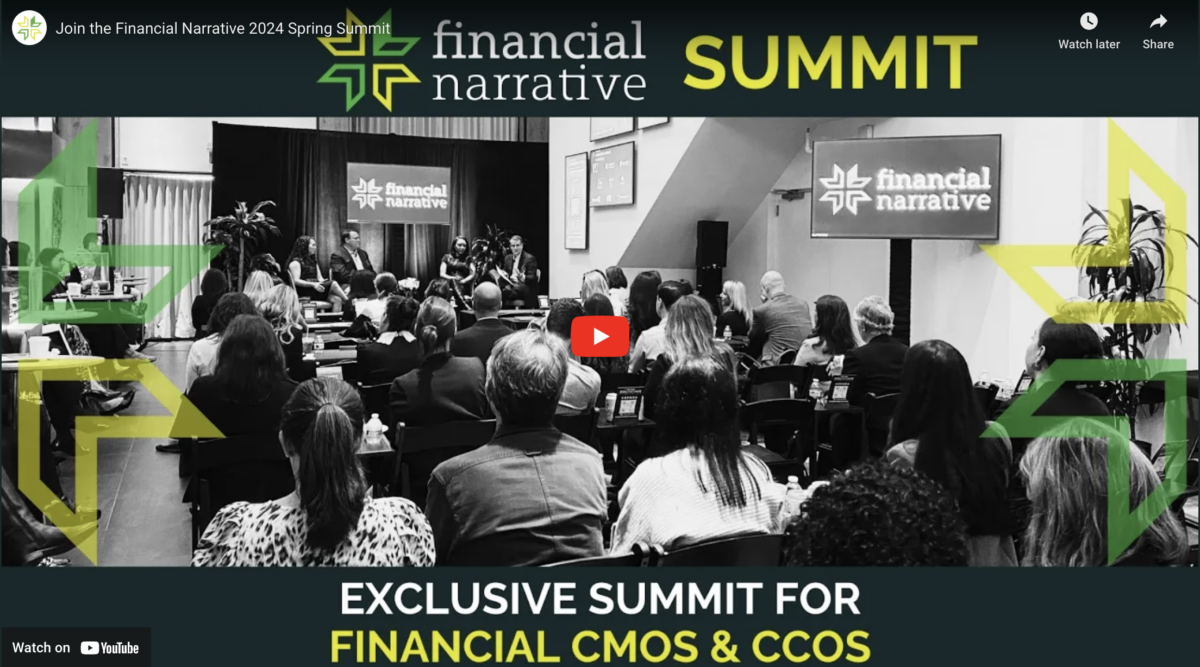Swipe our deadline defying financial content delivery process
 If you manage a content calendar or marketing team, you need a process. See how we deliver content on time, every time (even at scale), then download a free copy of our ultimate creative brief.
If you manage a content calendar or marketing team, you need a process. See how we deliver content on time, every time (even at scale), then download a free copy of our ultimate creative brief.
 |
You win some, you lose some. But what if you could win back some of the ones you lost? And what if that could increase your bottom line between 25 to 95 percent? If you’ve been wondering if there was a way to help lost customers and cold prospects find their way back to you … Keep reading >>> |
What we're reading
Social Media for Financial Services: Benefits, Tips & Strategies
A social media hashtag strategy is essential for financial services firms looking to reach new audiences, maintain existing relationships, and grow their brand.
If your brand is finance-focused, these tips from Vested can help you build a social media presence that will make a difference in your business.
Last call!
 Financial Narrative Spring Summit
Financial Narrative Spring Summit
Join top financial marcomms executives for the Financial Narrative Spring Summit on April 17th in NYC. Gain access to inspiring keynotes, panels and interactive discussions to keep your finger on the pulse of the changing landscape of financial marketing and communications.